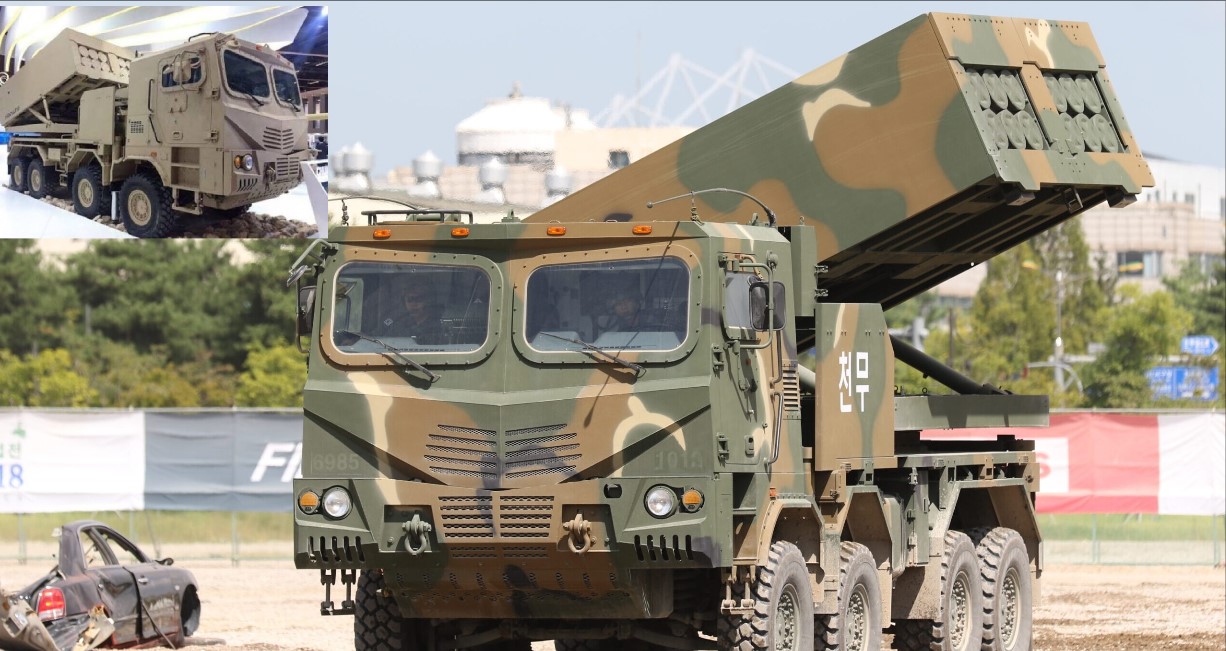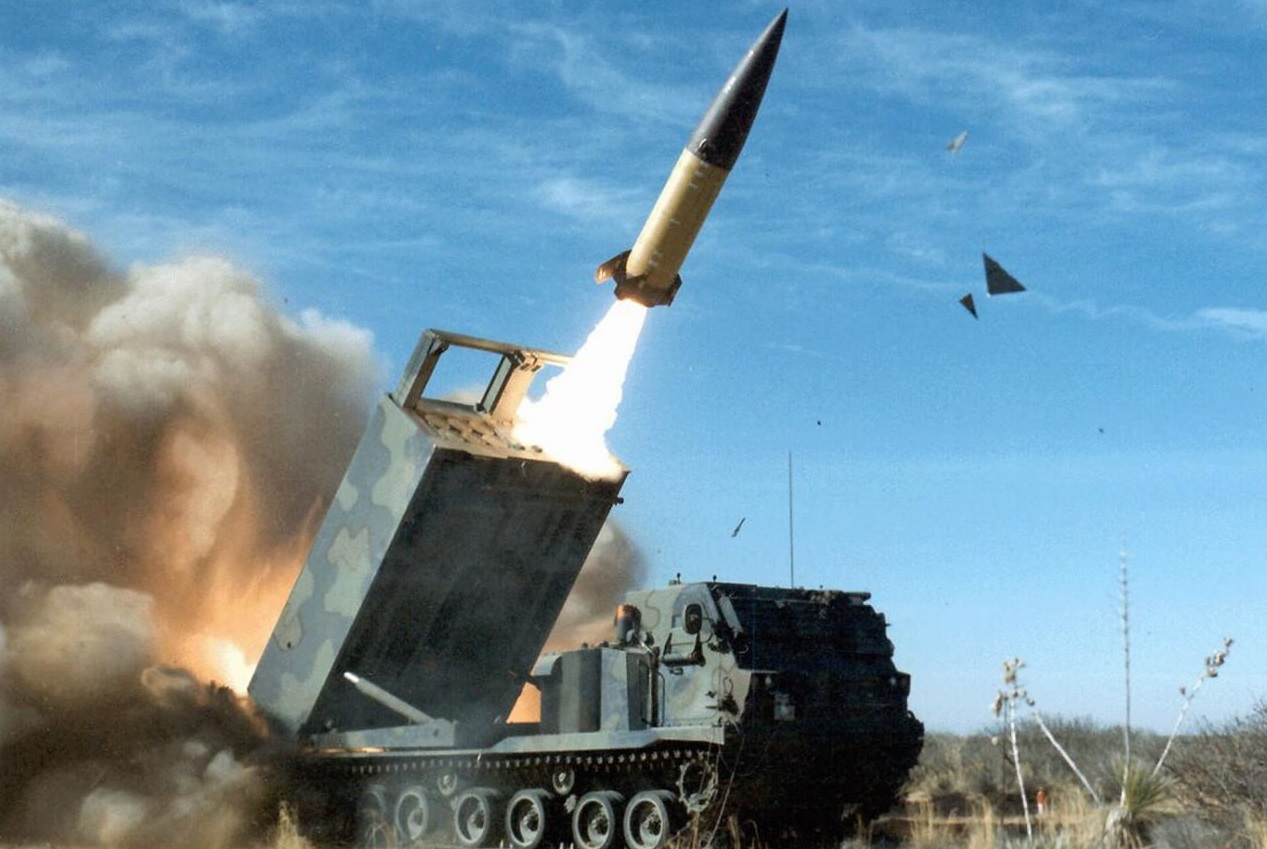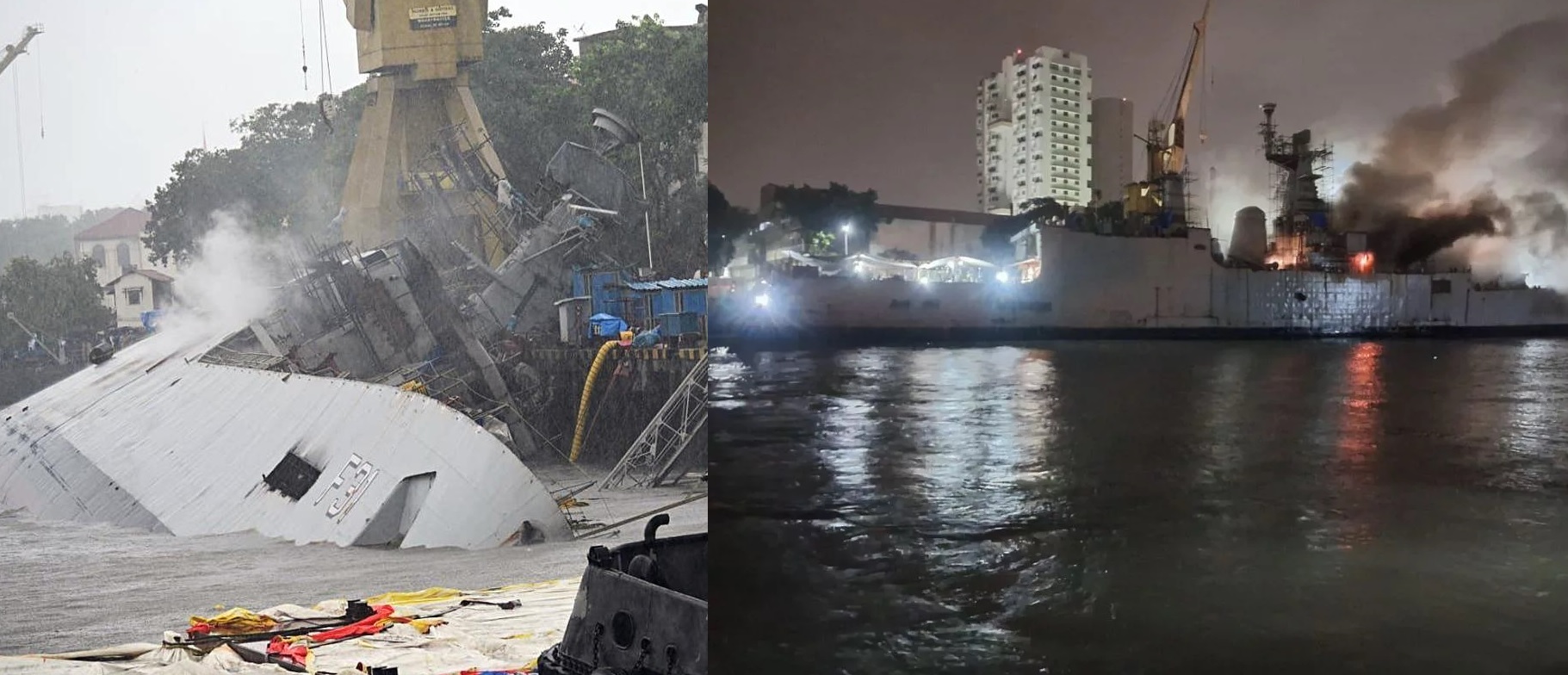Why Indian Weapons Are Battle-Hardened Compared to European and Russian Systems

India's indigenously developed weapons, including the Akash missile system, Light Combat Helicopter (LCH), Tejas fighter jet, and BrahMos missile, have emerged as formidable assets, often described as "battle-tested" compared to many of their European and Russian counterparts. The distinction lies not only in the rigorous testing these systems undergo but also in their deployment across some of the most challenging combat environments in the world.
The Battlefield Realities of Indian Weapons
Indian weapons have been designed, developed, and deployed in environments that demand a high degree of adaptability, reliability, and resilience. From the scorching deserts of Rajasthan to the freezing altitudes of Ladakh, these systems are subjected to operational conditions that simulate real-world conflicts. Let’s delve into why they stand out.
1. Continuous Deployment in Hostile Conditions
Indian systems are often deployed in live conflict zones, especially along the country's volatile borders with Pakistan and China. For example:
- Akash Surface-to-Air Missile System: Designed for India’s diverse terrain, Akash has been extensively deployed to protect sensitive airspaces. Its ability to perform reliably under extreme weather conditions makes it one of the most rigorously tested missile systems.
- The LCH has been deployed at altitudes exceeding 15,000 feet, such as in Ladakh, where it has proven its ability to operate in thin air and freezing temperatures.
European and Russian systems, while technologically advanced, often lack comparable real-world testing in diverse environments. These systems are tested under simulated conditions but rarely face continuous exposure to high-stress operational zones.
2. Active Border Tensions and Skirmishes
India’s geopolitical situation ensures its defense systems are frequently tested under combat-like conditions. For instance:
- Tejas Fighter Jet: The Tejas has undergone extensive trials in both peace and combat-readiness missions along active borders. Its operational versatility has been proven in joint exercises and real-time surveillance missions.
- BrahMos Missile: Regular test launches of BrahMos missiles in operational environments showcase its capability to neutralize targets swiftly and accurately, a necessity given the volatile border disputes India faces.
In contrast, European and Russian systems are rarely subjected to similar high-frequency real-world deployments, given the relative stability of their regions.
3. Rigorous Testing in Extreme Environments
Indian defense technology is tailored for extreme environments:
- Artillery systems like the ATAGS (Advanced Towed Artillery Gun System) and the Pinaka rocket system are tested in the Thar Desert’s heat and the Himalayan cold.
- Indian Navy's BrahMos variant is tested under varying maritime conditions, ensuring adaptability in tropical, sub-tropical, and arctic environments.
European systems, while advanced, often cater to relatively mild climates and may falter in harsher conditions without further adaptation. Russian weapons are better suited to cold climates but may not perform as effectively in tropical or desert environments.
4. Frequent Upgrades Based on Operational Feedback
Indian weapons undergo continuous upgrades driven by real-time operational feedback from the armed forces. For instance:
- The Akash missile has seen multiple iterations, with improved radar and tracking systems.
- Tejas has undergone continuous upgrades, from avionics to radar, to meet modern combat requirements.
- The LCH features advanced targeting systems and survivability measures derived from operational inputs.
Such iterative development ensures that these systems evolve to meet emerging threats, a practice less prevalent in European and Russian systems, which often rely on major overhauls rather than incremental improvements.
5. Lessons from Asymmetric Warfare and Counterterrorism
India’s long history of combating insurgencies and asymmetric threats has shaped its defense systems. Indian weapons are designed not only for large-scale wars but also for counterinsurgency and surgical strikes.
- The BrahMos missile’s precision and rapid deployment capability have made it a go-to weapon for deterrence and preemptive strikes.
- The Pinaka multi-barrel rocket launcher is tailored for quick-response operations, ideal for short skirmishes.
European systems are often optimized for high-tech, large-scale warfare but may lack the flexibility for small, rapid-response scenarios.
6. Indigenous Manufacturing and Customization
Indian weapons are designed with a deep understanding of the country’s unique defense requirements. This contrasts with off-the-shelf purchases from Europe or Russia, which may not fully align with India’s operational needs.
- Systems like Tejas and LCH are fully indigenous, allowing for seamless integration with other Indian platforms.
- Indian customization of systems like BrahMos (a joint venture with Russia) demonstrates the country’s ability to innovate beyond imported designs.
Indian weapons like the Akash, LCH, Tejas, and BrahMos have earned their reputation as “battle-tested” not just through rigorous trials but also through active deployment in some of the world’s most challenging combat environments. The combination of real-world testing, continuous upgrades, and adaptability to asymmetric warfare ensures their reliability and effectiveness.
While European and Russian systems may shine in certain areas, India’s indigenous weapons stand apart for their resilience and versatility, making them a critical backbone of the country’s defense strategy.


